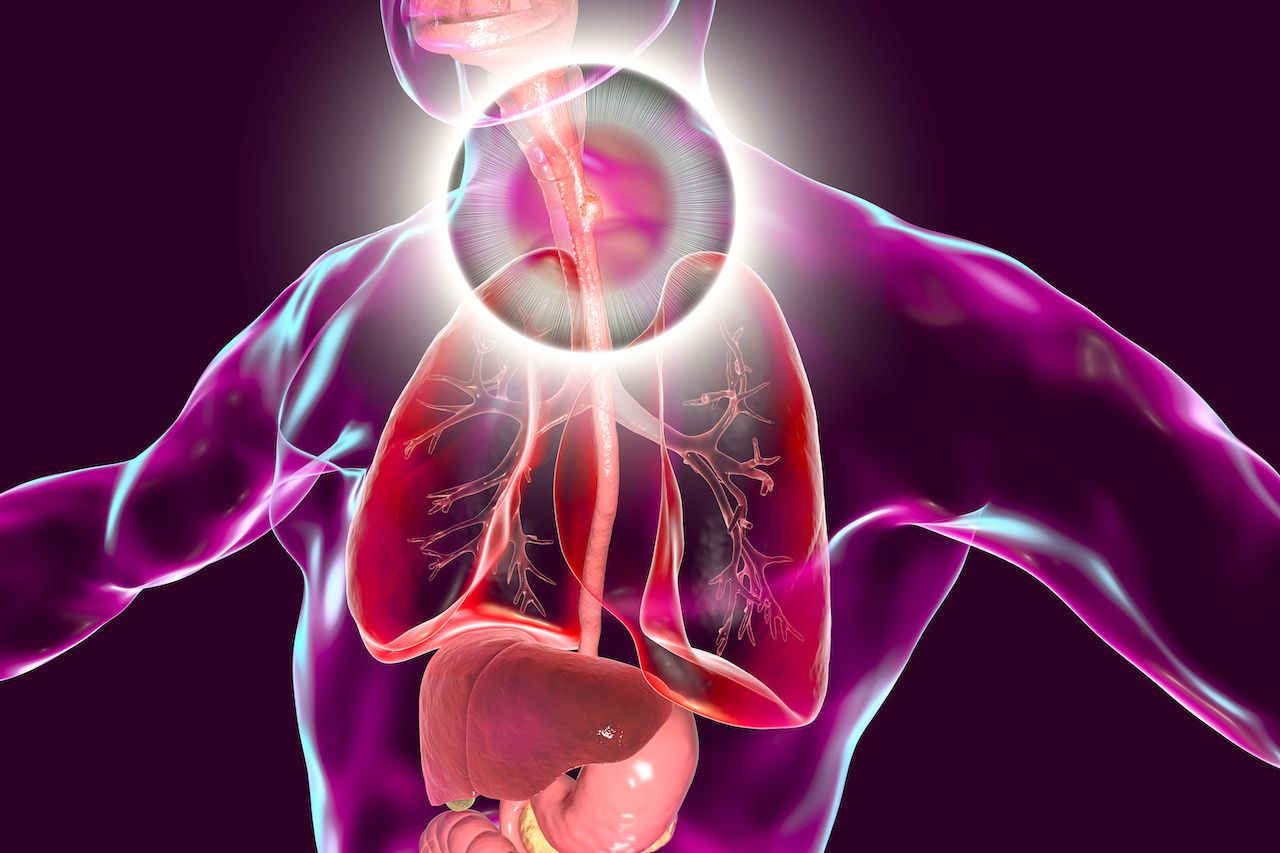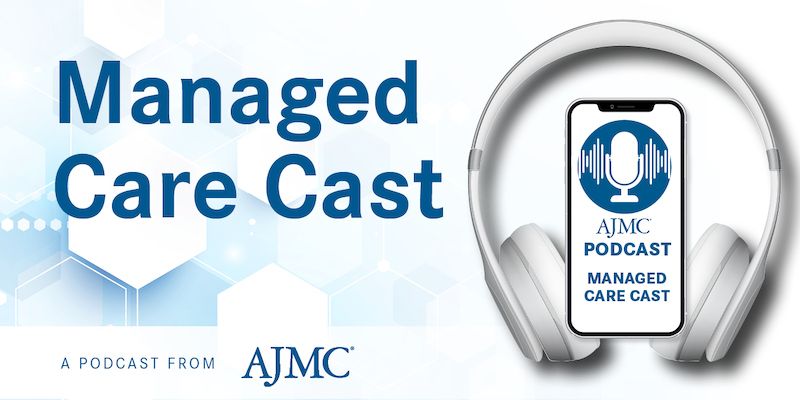Video
Dr Anchalee Avihingsanon: We Can Learn About Curing Hepatitis B From Investigating HIV
Author(s):
Anchalee Avihingsanon, MD, PhD, HIV-NAT, Thai Red Cross AIDS Research Centre, Bangkok, Thailand, is principal investigator of the ALLIANCE trial, currently evaluating the responses of treatment-naïve persons living with comorbid HIV/hepatitis B virus to a triplet regimen of bictegravir/emtricitabine/tenofovir alafenamide vs dolutegravir plus emtricitabine/tenofovir disoproxil fumarate.
Anchalee Avihingsanon, MD, PhD, HIV-NAT, Thai Red Cross AIDS Research Centre, Bangkok, Thailand, is principal investigator of the ALLIANCE trial, currently evaluating the responses of treatment-naïve persons living with comorbid HIV/hepatitis B virus to a triplet regimen of bictegravir/emtricitabine/tenofovir alafenamide (TAF) vs dolutegravir plus emtricitabine/tenofovir disoproxil fumarate (TDF).
Transcript
Can you elaborate on the clinical implications of the ALLIANCE findings in the HIV space?
This study has several benefits. So first, we know that this treatment is very effective for HIV, but for hepatitis B, it might take longer. Another important point to make is that hepatitis B in Asia or [in persons of] Asian descent is quite different from hepatitis B in Africa or other parts [of the world], because our hepatitis B genotypes are mainly C and B, which is related to higher cirrhosis and hepatocarcinoma. It’s very difficult [to achieve] s-antigen seroclearance in this population.
It is quite difficult to treat this genotype. But for this study, we can show that it is such a high risk of s-antigen and e-antigen loss. The best thing that we want to see is s-antibody seroconversion—this is the best thing that we want to see for all the patients. This means that they have hepatitis B cure, if they have antibodies already. This is very difficult to get for hepatitis B monoinfection.
If you look at the the data of hepatitis B monoinfection comparing TAF and TDF as well at 48 weeks, less than 1% have s-antigen loss. But for us, it’s about 12% from TAF and about 6% from TDF. It’s quite high actually. This might lead to another study to look at what are the immunology mechanisms to explain this. And I think this has us curious about a hepatitis B cure in the future.
Maybe we can learn from HIV, because for HIV and hepatitis B, they have such a high risk because they have to deal with the immune response. For this study, we have such a high proportion of advanced HIV. You can see 30% have a high HIV viral load, and 40% have CD4 less than 200; they were very advanced patients. I think we should analyze what is related to the high s-antigen loss in this population.
Also, if you look at the data, a number of patients have hepatic flare, or high ALT [alanine aminotransferase] or AST [aspartate aminotransferase], but it resolves after 12 weeks. We think this might be because of the immune respiratory syndrome, as in HIV, but this works specifically for hepatitis B. So maybe this may link to a higher rate of hepatitis B cure—but we don’t know actually. We have to look at it in depth. I think we can have several substudies on this.





